Abstract
Background and objectives
Many patients, providers, and potential living donors perceive the living kidney donor evaluation process to be lengthy and difficult to navigate.
Design, setting, participants, & measurements
We sought consensus on key terms and process and outcome indicators that can be used to measure how efficiently a transplant center evaluates persons interested in becoming a living kidney donor. Using a RAND-modified Delphi method, 77 participants (kidney transplant recipients or recipient candidates, living kidney donors or donor candidates, health care providers, and health care administrators) completed an online survey to define the terms and indicators. The definitions were then further refined during an in-person meeting with ten stakeholders.
Results
We identified 16 process indicators (e.g., average time to evaluate a donor candidate), eight outcome indicators (e.g., annual number of preemptive living kidney donor transplants), and two measures that can be considered both process and outcome indicators (e.g., average number of times a candidate visited the transplant center for the evaluation). Transplant centers wishing to implement this set of indicators will require 22 unique data elements, all of which are either readily available or easily collected prospectively.
Conclusions
We identified a set of indicators through a consensus-based approach that may be used to monitor and improve the performance of a transplant center in how efficiently it evaluates persons interested in becoming a living kidney donor.
Habbous S, Barnieh L, Litchfield K, McKenzie S, Reich M, Lam NN, Mucsi I, Bugeja A, Yohanna S, Mainra R, Chong K, Fantus D, Prasad GVR, Dipchand C, Gill J, Getchell L, Garg AX
Clinical Journal of the American Society of Nephrology
Published 2020
Research Project: Living Donor
Connect with us!
Subscribe to learn more about what we do, why it matters, and how you can get involved!




